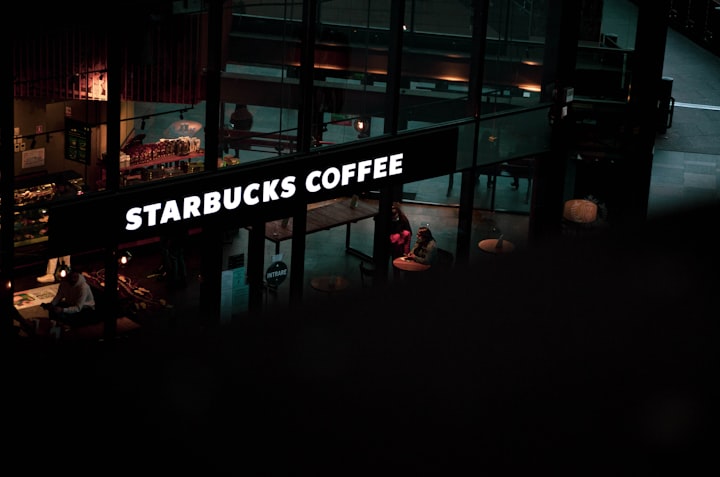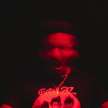
The Way Of Starbucks Coffee
Realizing that customers are going to do something to improve their experience at your cafe is an important part of the work of a designer, as they make it a place where people can relate to their thoughts and emotions. So, if it's about creating cognitive and emotional situations that people can relate to, then that's what you need to consider when creating your apps.
An example of what this looks like is the Starbucks app. It's a well designed app, that is easy to understand. The design decisions were mostly made so that the app will not be confusing for the customers. Because we know how the customer uses coffee shops.
These are places where we always go with our loved ones to have a nice treat, discuss about stuff, have lots of discussions and more. Not only this, people also go to cafes as a way to discover themselves more. So, how Starbucks is thinking about it is this way. When they see their customers there, they know that their customers are going to order their coffee on their way out, so that they can have a quick break. These situations are generally situations where there is a cognitive and emotional trigger. A user goes to a coffee shop just to have a quick break. When you add a pleasant component like snacks, it helps customers understand that they can use that opportunity to have a snack too.
The cognitive is happening because the user is having a cognitive load of ordering their coffee. When they see their friends, colleagues or family members there, they know that this is an opportunity to connect to them. This is important to create an emotional trigger. So, they create situations like checking on the latest status of the barista or the situation they went to the coffee shop to address. The events mentioned are all situations where you want people to check in with you or to engage with you. Again, situations where the app allows them to check in.
So, the scenario that you can imagine is this. You are at a coffee shop. You are buying your coffee. A friend from work who is there has already told you that he's going to the movie theater. You ask him to check in and tell you that he's okay. That creates a cognitive load. The users go to the app because they want to hear from you that they are okay. That's an emotional trigger.That's what is happening with Starbucks. You're connecting with them, giving them something they can relate to. So, if we want to create scenarios where customers can relate to our app, then we need to create a cognitive load or trigger that people can relate to and give them an emotional trigger as well. So, what are some examples? One is as a customer. We have all those situations in our life. Some of those things are cognitive, so that we can make these interactions. But also the more emotionally connected we are, the more those situations are going to be emotionally triggered. So, you need to consider these things while designing your app. But, there is more than that, as well. Even when the scenario is cognitive, situations may be in a place where the customers will not want to be in. That's why sometimes a cognitive trigger may be insufficient. Sometimes, the locations where the scenarios are happening may not be the best ones.
And sometimes, people don't even know what's happening. We know what situations are cognitive, but what situations are emotional triggers? For example, a customer wants to get to a place where he can have a drink. He may not be the kind of customer that orders a coffee every day. He might just like to have a drink after work or if it's early morning, he doesn't need to check in at any point of time. So, he's going to take a seat in a place where there are lots of people, where he's going to have a lot of opportunities to check in, have conversations. When people talk to you, they expect you to reply to them. If you don't answer, that creates a cognitive trigger. But the emotional trigger is for you to be sensitive.
The customer might say something like, "Why haven't you answered me yet? I thought that you will be checking in in the next few minutes." So, the emotion trigger is what's driving the cognitive trigger. So, in that scenario, you need to have an app that allows you to check in in a situation. You might not have the emotional trigger. You may not be able to check in. But...
About the Creator
umer ali
You Might Learn A thing or two here






Comments
There are no comments for this story
Be the first to respond and start the conversation.